What two decades of technical development has led to
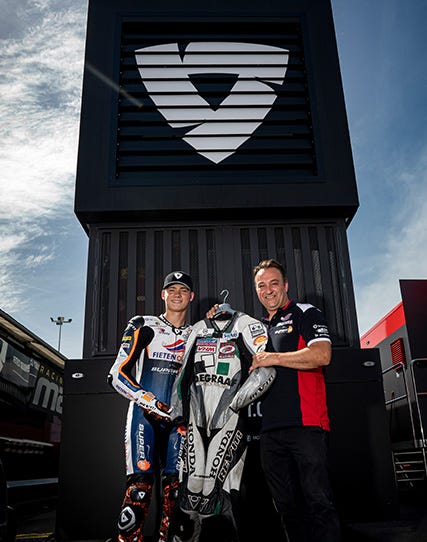

In more ways than one, #revitrider Zonta van den Goorbergh is a unique addition to the Moto2 grid. In one way he sticks out because at sixteen years old he is by far the youngest rider in the class—he also sticks out quite literally with a height of 1.78m—but also because he took a huge leap from the Moto3 machines in the FIM Junior GP World Championship right up to the intermediate class of the Grand Prix, an unconventional move to say the least.
But the youngster from Breda, the Netherlands is not entirely unique. Take his last name for instance. Not unheard of in the GP paddock and among certain crowds it even has a nostalgic ring to it. That’s because his father, Jurgen van den Goorbergh, competed in MotoGP until just before Zonta was born. But there’s another one of his seniors Zonta shares a history with. Back in his day Jarno Janssen, his current team manager at RW Racing GP and fellow Dutchman, just so happened to also be a #revitrider—years before the world embraced the concept of the hashtags we know today.
Exactly 20 years ago Jarno raced for the DeGraaf Grand Prix team run by Arie Molenaar in the 250cc class. Both in REV’IT! leathers and both taking part in the intermediate class. So this was a chance to sit down with two generations of #revitriders to discuss what two decades of technical development has led to.
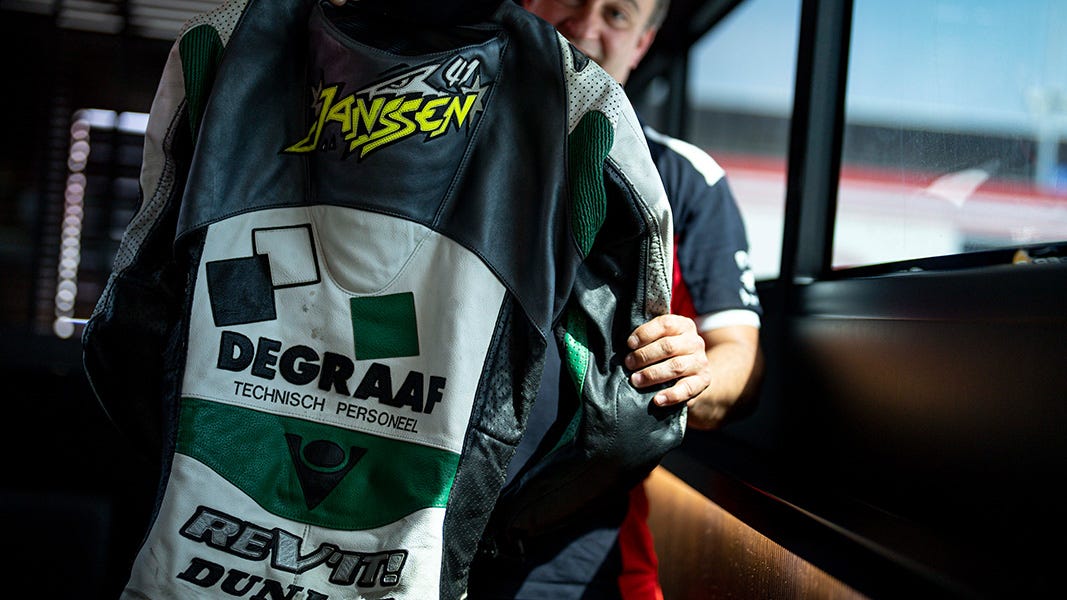

Zonta: “I’ve seen quite a few of my father’s old leathers, but never up close like this. From top to bottom, there’s really no shape to them at all. The suits we have now are a lot more pre-shaped. At the shoulders, but definitely at the knees. No, apart from the REV’IT! logos on there, there really isn’t much comparison,” Zonta explains with a smile as he examines Jarno’s old leathers. Obviously, a lot has changed since Jarno last took his DeGraaf Racing leathers off at the German Grand Prix at the Sachsenring 20 years ago. But it wasn’t just time that took its toll on the silver and green leather suit. “I managed to dig up the suit at home, but unfortunately a family of mice seem to have taken refuge in it,” Jarno jokingly says with a slightly flushed face.
Though apart from the rodent-inflicted additional ventilation and some scuffs on the rear, the ‘relic’ as Jarno calls it seems to have survived the test of time quite well, providing an interesting look into the past. Jarno: “Look, in my day, you started the season with a total of three sets of leathers, and that was it. That meant you had to make sure everything looked presentable for the race yourself. Repainting the leather here and there if things got too badly scuffed and sewing sponsor logos back on if needed. And back when I raced, we were still in the mindset of ‘lighter is better’, so we would cut out everything we deemed not entirely necessary. Out came the scissors and gone were liners or even protection. Why would you take that along for the ride? That’s simply what riders did back then.”
The way Zonta’s eyes light up, with a slightly confused smile on his face, as his team manager talks about cutting into his racing leathers, proves times truly have changed. “Taking scissors to your own leathers isn’t something I’d ever imagine doing,” Zonta chuckles. Though Jarno’s anecdote does require a bit of explaining, considering how the choice of leather alone has changed a lot over the years. 20 years ago, racing leathers were made using cowhide. Much thicker, stiffer, and heavier than the kind of kangaroo leather used in Zonta’s suit.
Jarno: “Some riders raced in kangaroo leathers in my time, but those guys were at MotoGP level, and even then, it was only for the happy few.” On top of that, the thicker and more robust cowhide used back then would only suffer visual damage from impact—structural damage not so much. Another thing that has truly changed over time. “If you see today’s REV’IT! racing leathers, you instantly feel you’re holding a real tool for the job. You feel the development that has gone into it. All to help keep those guys as safe as physically possible. It really is a world of difference.”
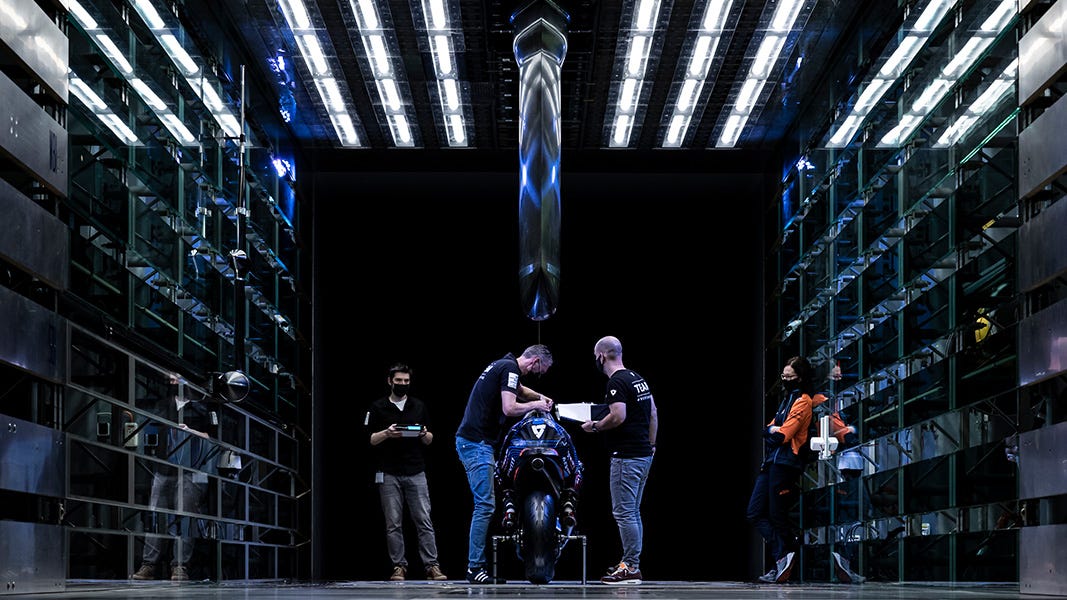

REV’IT! has been attending races and offering on-site service from the REV’IT! Technology Center since 2018. It makes sure the suits for #revitriders like Zonta get proper maintenance, the necessary repairs, or adaptations if needed—and, after Jarno’s little history lesson earlier, it apparently also prevents riders from taking matters into their own hands and cutting into the leathers themselves.
Weight saving has really taken flight. And not just by using lighter materials. Sponsor logos are no longer embroidered patches that are sewn on but instead printed directly onto the leather in full color. Which makes the whole process of maintaining the racing suits that bit more precarious, especially since the arrival of airbag technology. Another one of those innovations riders couldn’t have even dreamt of back when Jarno raced but are now mandatory when racing at World Championship level.

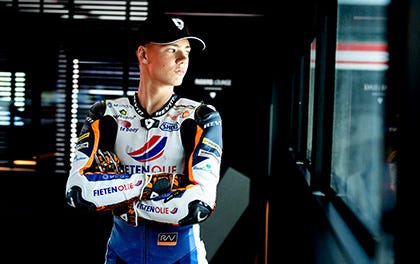
“I always want an airbag when I ride. Whether it’s Supermoto training on go-kart tracks or riding the 600 or Moto2 on the big tracks—it doesn't matter—I always have the airbag on,” Zonta explains. When asked when he specifically felt like he had really needed the airbag, the youngster sighs as he thinks, after which Jarno quickly jumps in: “Isn’t it fascinating he really needs to think about that—‘did I really need it then and then or didn’t I?’. Of course, it works, but the fact they can’t tell right away… That’s saying something!”
He continues: “That was completely different for us. A pair of leathers was just that, a pair of leathers. Crashing hurt and it was simply part of the deal, though you never got used to it. That won’t be much different now. But the way airbags have developed over the past five to six years is something riders are really happy with—and they should be. The last time my riders rode without an airbag was back in 2018. It’s been mandatory since then and I think that is a very good thing.”


The addition of airbags in REV’IT! racing leathers is without doubt one of the biggest leaps forward in safety development. But other seemingly minor changes make a huge difference as well. Comparing Jarno’s old suit to Zonta’s current leathers highlights the fact that so-called hard parts weren’t on the menu back then. Those hard protective elements are made of aluminum and tough plastics like TPU, allowing the rider to keep sliding and the energy of impact to transfer and dissipate slowly and controllably.
Similarly, the protectors inside the leathers have come a long way too. Long gone are the felt-covered black foam level-1 protectors Jarno had to make do with, replaced by even more effectively energy-dissipating, and even ventilated, level-2 protection. Though they look alike in shape, current impact protection is designed to be flexible and to more closely flow around the human anatomy to offer the best possible protection.
Ventilation of the leathers has also improved drastically. Though the holes themselves were bigger in 2002, at 1.2 mm each compared to 1 mm now, back then they only made four perforations per square centimeter. Nowadays that number is bumped up to nine perforations per square centimeter of ventilated leather—an increase of 56% over the old suit. Not to mention, Zonta’s leathers have twice as much breathable mesh stretch as Jarno’s. It's clear breathability has become a much bigger priority over the years, especially considering that even the leather accordion stretch panels on Zonta’s shoulders, shoulder blades, and above the knees are ventilated as well. Only the accordion stretch at the lower back is not, but it does give Zonta a mobility enhancing bit of stretch, a luxury Jarno had to go without.
Zonta had already noticed the difference and explains: “Of course, riding styles have changed since then, a lot of the time because of developments with the bike, but you can only adapt the way you ride if your leathers allow you to. But I’ve never thought ‘I can’t hang off the left side of the bike enough’ because of my suit. In a way having stretch is comfortable, but nowadays you simply couldn’t ride without it.” Jarno chips in with a grin: “Kids these days, getting their elbow down… In my day, if you were getting your elbow down, it meant you were about to go down altogether!”
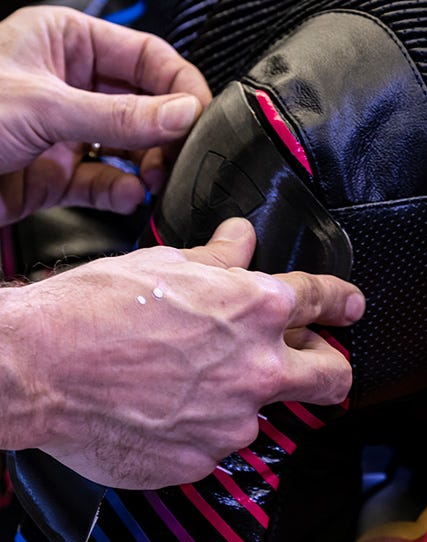
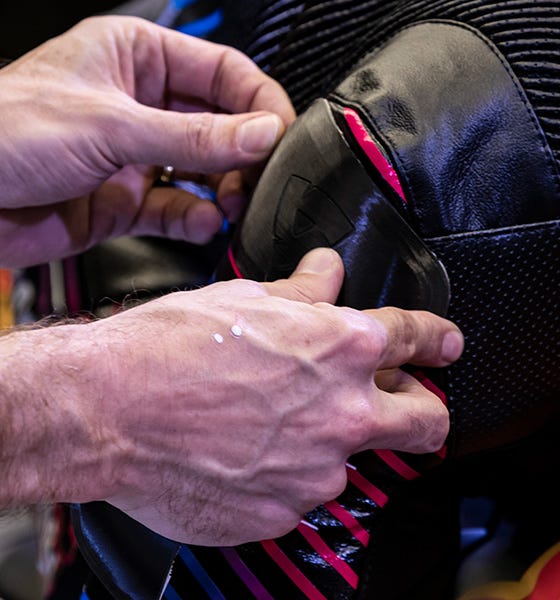


Taking into account all those innovations, it’s safe to say racing leathers have progressed in leaps and bounds over the past 20 years. Especially true in comparison to the progress made on track in terms of lap times and speed in the same timeframe. Upon asking if they were aware of the lap times in Grand Prix racing back then compared to now, Jarno is quick to reply, with the biggest smirk he’s had the whole interview: “How much faster, you ask? I’ve got an idea, yeah. The kind of lap times mister Van den Goorbergh right here clocks are faster than his old man ever managed on the 500!”
That remark makes Zonta’s face light up as a huge smile appears on his face. Jarno continues, laughing as he does: “I occasionally tell his dad—and he doesn’t like that one bit, of course—like, ‘hey Jurgen… that sixteen year old brat of yours is already beating your times at every track he goes to!’” Jokes aside, the RW Racing GP team manager is right. Back in 1999 Jurgen van den Goorbergh managed to stun friend and foe when he took pole position aboard the 500cc MuZ in Barcelona with a time of 1:46.076, while his progeny qualified for this year’s intermediate class race with a time of 1:45.368.
Back to comparing Jarno’s racing days to Zonta’s. The kind of times Jarno managed on the Honda RS250R with about 100hp at a 100kg in the 250cc class were slower than Zonta’s current pace aboard the Kalex Moto2 bike—roughly 140hp and 140kg—by about four to five seconds a lap. Upon asking the youngster if he would dare chase lap times just a few seconds slower than his own in a suit like Jarno’s from 20years ago, Zonta starts his reply quite composed: “Back then, of course I would’ve. Leathers like that were the norm, everyone raced with gear similar to it. But if you’re asking me to go out on track, like now, in leathers like that… No, thanks. I’ll just stick with my own or stay in pitlane! Haha!”


Zonta is just one of a select pack of riders that represents the REV’IT! brand in top-level racing series all over the world, including MotoGP, WorldSBK, MotoAmerica, and more. Get to know all the passionate professional athletes in the REV’IT! racing family.

 Nederland
Nederland  Italia
Italia  Deutschland
Deutschland  España
España  UK
UK  België (nl)
België (nl)  Belgique (fr)
Belgique (fr)  France
France  Sverige (en)
Sverige (en)  Danmark (en)
Danmark (en)  Österreich
Österreich  Portugal (en)
Portugal (en)  Polska (en)
Polska (en)  Other (en)
Other (en) 